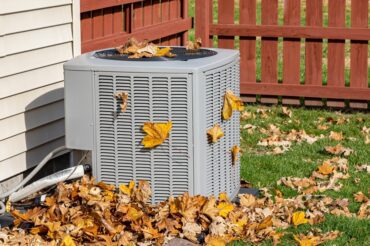When operating, your dryer will perform better when there is less lint buildup. But did you know that there a greater risk than needing to run your dryer longer to clean your clothes?
In fact, according to the National Fire Protection Association (NFPA), there are an estimated 16,800 home fires per year involving clothes dryers or washing machines.
In 2010, those fires resulted in 51 civilian deaths, 380 injuries, and $236 million in direct home property damage.
Dryers present a serious fire hazard to thousands of homes, and with a lint buildup, all it takes is a quick spark.
What Causes Dryer Fires?
Clothes dryers are responsible for 92 percent of home fires started in the laundry room. Of these fires, the leading causes were:
- 32 percent from failure to clean the lint
- 22 percent attributed to an unclassified mechanical failure or malfunction
- 8 percent by some type of electrical failure or malfunction
The leading cause of home fires is something that you, as a homeowner, can do something about: maintaining and cleaning the lint in the filters and vents.
How to Prevent Dryer Fires
- Have your dryer installed and serviced by a professional – they will ensure that all vents are hooked up properly and professionally to minimize need for future repair or replacement.
- Use and clean your lint filter – while most of us know we should do this every load, you might skip this task “just this once.” But that lint left un-removed each time can add up and be the igniter in a dryer fire. Minimize this hazard by remembering to check the lint filter before and after each time you use the dryer.
- Check your air exhaust vent and pipe – restricted or obstructed vents could prevent air from releasing through the exterior exhaust flap and sometimes pipes malfunction or crack around elbows (where the vent bends around a wall or corner).
- Have a professional HVAC company clean lint from the vent pipe at least once a year – you can schedule this more often if you notice it takes longer for your clothes to dry.
- Install a secondary lint trap – this is attached to the dryer’s exhaust and it filters air before it enters the ductwork.
- Check your dryer’s owner’s manual – it might have instructions or tips for keeping your dryer running efficiently.
Schedule Your Dryer Vent Cleaning in Kansas City
By scheduling a duct cleaning with a local professional HVAC, you’ll not only breathe easier and improve your indoor air quality, but you can also help prevent a home fire. At Top Notch Heating, Cooling & Plumbing, we have been helping Kansas City homeowners do just that for 40 years.
Call us today to schedule your duct cleaning and ask about our dryer vent cleaning recommended annually.






